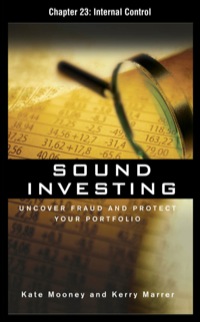Question
[ The following information applies to the questions displayed below. ] Patel and Sons Inc. uses a standard cost system to apply factory overhead costs
[The following information applies to the questions displayed below.]
Patel and Sons Inc. uses a standard cost system to apply factory overhead costs to units produced. Practical capacity for the plant is defined as 54,600 machine hours per year, which represents 27,300 units of output. Annual budgeted fixed factory overhead costs are $273,000 and the budgeted variable factory overhead cost rate is $3.50 per unit. Factory overhead costs are applied on the basis of standard machine hours allowed for units produced. Budgeted and actual output for the year was 21,000 units, which took 43,600 machine hours. Actual fixed factory overhead costs for the year amounted to $262,600 while the actual variable overhead cost per unit was $3.40.
1. Based on the information provided above, what was (a) the fixed overhead spending (budget) variance for the year, and (b) the production volume variance for the year? Indicate whether each variance was favorable (F) or unfavorable (U).
2.Based on the information provided above, what was (a) the variable overhead spending variance for the year, and (b) the variable overhead efficiency variance for the year? Indicate whether each variance was favorable (F) or unfavorable (U).
3.Based on the information provided above, provide the correct summary journal entries for actual and applied factory overhead costs (both variable and fixed) for the year. Assume that the company uses a single account, Factory Overhead, to record both actual and applied factory overhead. Also, assume that the only variable overhead cost was electricity and that actual fixed overhead consisted of depreciation of $166,000 and supervisory salaries of $96,600 Finally, assume that both electricity expense and the supervisory salaries expense have been incurred but not yet paid (i.e., both are current liabilities).
Step by Step Solution
There are 3 Steps involved in it
Step: 1

Get Instant Access to Expert-Tailored Solutions
See step-by-step solutions with expert insights and AI powered tools for academic success
Step: 2

Step: 3

Ace Your Homework with AI
Get the answers you need in no time with our AI-driven, step-by-step assistance
Get Started


